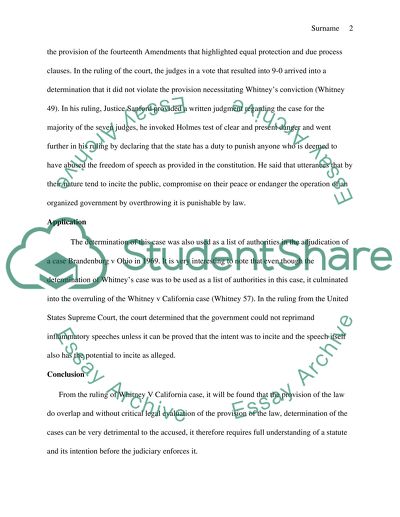Cite this document
(“Anita Whitney Essay Example | Topics and Well Written Essays - 2250 words”, n.d.)
Anita Whitney Essay Example | Topics and Well Written Essays - 2250 words. Retrieved from https://studentshare.org/law/1480548-case-briefs
Anita Whitney Essay Example | Topics and Well Written Essays - 2250 words. Retrieved from https://studentshare.org/law/1480548-case-briefs
(Anita Whitney Essay Example | Topics and Well Written Essays - 2250 Words)
Anita Whitney Essay Example | Topics and Well Written Essays - 2250 Words. https://studentshare.org/law/1480548-case-briefs.
Anita Whitney Essay Example | Topics and Well Written Essays - 2250 Words. https://studentshare.org/law/1480548-case-briefs.
“Anita Whitney Essay Example | Topics and Well Written Essays - 2250 Words”, n.d. https://studentshare.org/law/1480548-case-briefs.


